Isolation in nature often leads to the evolution of unique and fascinating creatures, shaped by their environments in ways that set them apart from other species. Whether due to remote islands, dense forests, or distant ecosystems, they develop traits that help them thrive in habitats without direct competition or threats from similar species. This article explores some of the most unusual animals that have evolved in isolation, showcasing how their distinctive traits make them remarkable survivors in a constantly changing world.
Komodo Dragon
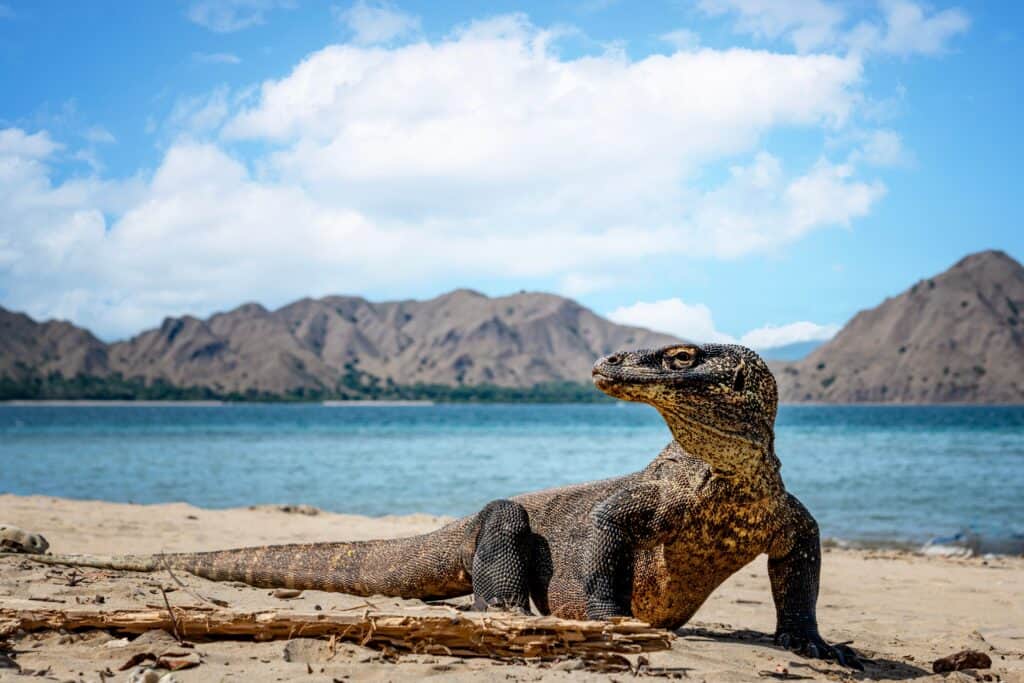
The Komodo dragon, Varanus komodoensis, is the world’s largest lizard, predominantly found on the Indonesian islands of Komodo, Rinca, Flores, and Gili Motang. These giants, growing up to 10 feet in length and weighing around 150 pounds, possess powerful limbs and a forked tongue, giving them a highly evolved sense of smell. This adaptation is critical to their hunting strategy, as they rely on stealth and ambush to capture prey. They have a unique venomous bite, containing proteins that prevent blood clotting, which helps them incapacitate larger prey. Due to their isolated habitat, these reptiles have developed an unusually large size, a phenomenon known as island gigantism, and are apex predators within their ecosystem. This isolation also means they have no natural predators, allowing them to thrive at the top of their food chain. Its evolution reflects millions of years of adaptation in a niche environment, where its formidable features have become perfectly suited to island life. Additionally, their population remains limited, with conservation efforts underway to preserve these unique creatures.
Aye-Aye
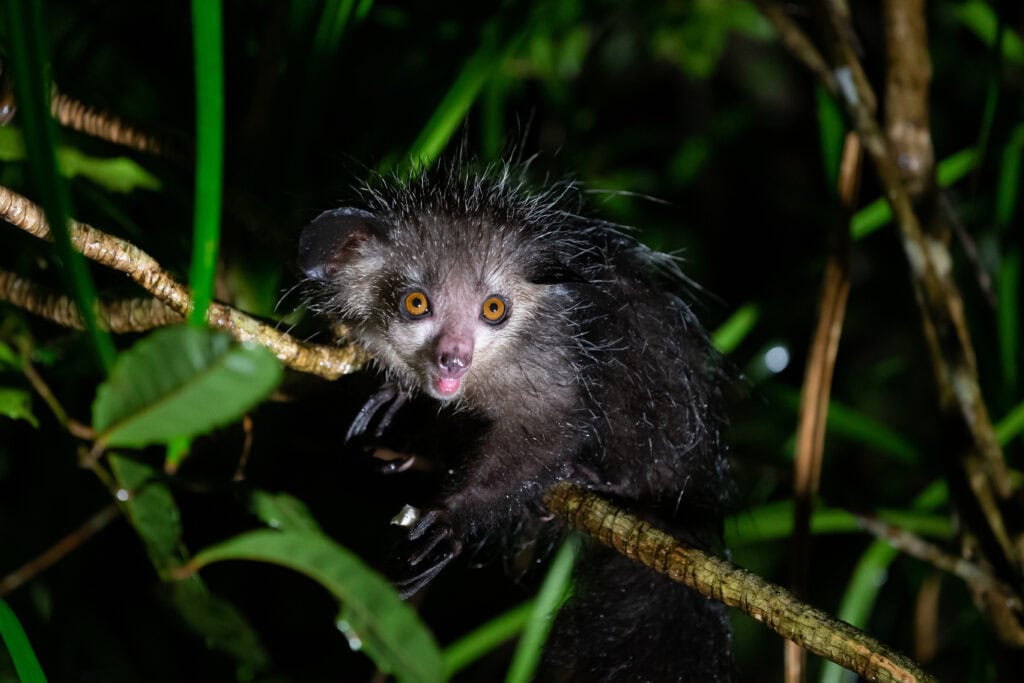
The aye-aye, Daubentonia madagascariensis, is a nocturnal primate unique to Madagascar, known for its unusual appearance and specialized foraging technique. This lemur features a long, thin middle finger, which it uses to tap on tree bark and locate insect larvae inside hollow sections. Using echolocation, it identifies hollow areas, making it one of the few mammals to have this adaptation. Its rodent-like incisors grow continuously, allowing it to gnaw through wood and access its food, similar to a woodpecker’s role in the ecosystem. Its adaptations, including its distinct hunting technique, are a result of Madagascar’s isolation, where this primate evolved without significant competition. Its appearance, with large, glowing eyes, bushy tail, and bat-like ears, has contributed to superstitions and conservation challenges in its homeland. Unfortunately, it is often feared by locals and killed on sight, as it is believed to bring bad luck. Recent efforts focus on educating local communities and emphasizing its ecological importance.
Kakapo
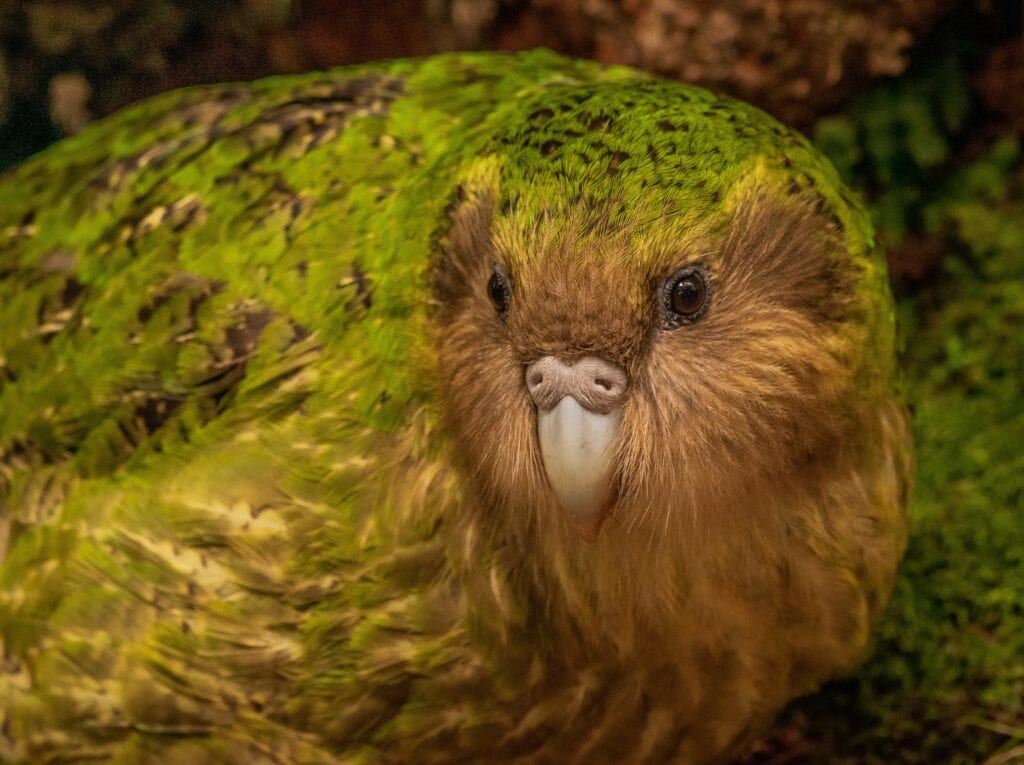
The kakapo, Strigops habroptilus, is a flightless parrot native to New Zealand, renowned for its large size, nocturnal habits, and ground-dwelling lifestyle. Unlike most parrots, kakapos have evolved to be flightless, a trait that developed due to the lack of mammalian predators in their isolated environment. It relies on its sense of smell rather than keen eyesight, which is unusual among avian species, and uses a unique “booming” call to attract mates. They are also notable for their longevity, with some individuals living over 90 years, an adaptation that likely aids in maintaining population stability in a challenging environment. However, when predators like rats and stoats were introduced, its population plummeted, highlighting its vulnerability due to evolved naivety toward predators. Conservation programs now protect these rare parrots on predator-free islands, but their recovery remains challenging due to low reproduction rates. Despite significant efforts, fewer than 200 kakapos remain, making them one of the world’s rarest birds. New Zealand continues to pioneer conservation efforts to preserve this remarkable species.
Tuatara
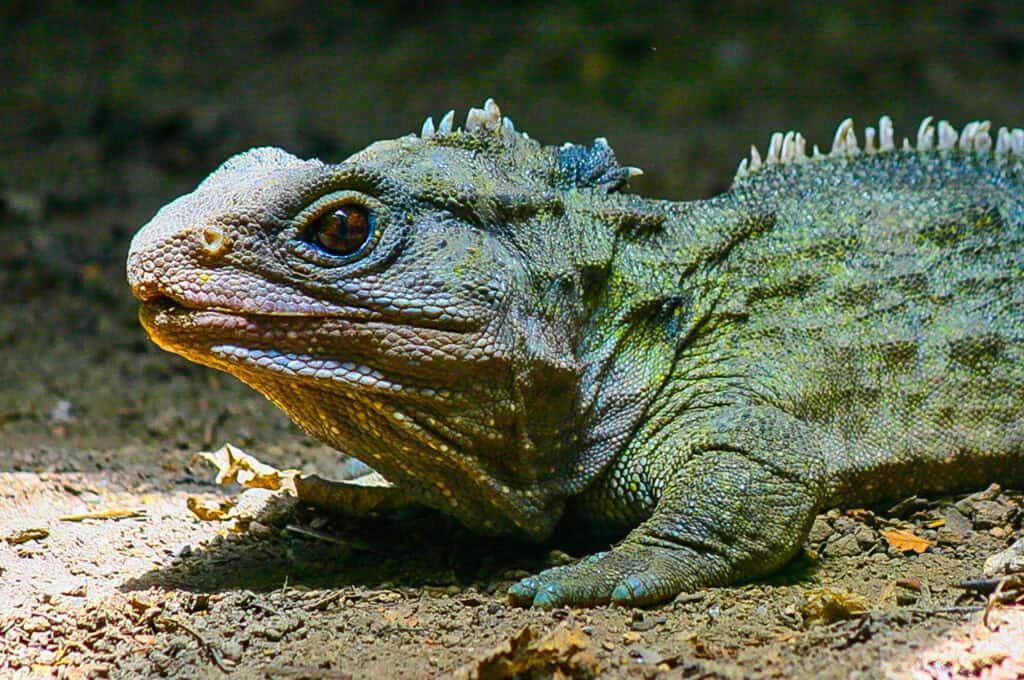
The tuatara, Sphenodon punctatus, is an ancient reptile native to New Zealand and one of the last members of an order that thrived 200 million years ago. Often called a “living fossil,” it has a unique skeletal structure and an unusual “third eye” on the top of its head, which is thought to help regulate its circadian rhythms. Isolated from other landmasses, New Zealand’s ecosystem allowed this creature to evolve without significant competition, helping it survive alongside early dinosaurs. Its slow metabolism and long lifespan — sometimes over 100 years — are further examples of its unique evolution in a predator-free environment. Unlike most reptiles, it prefers cooler temperatures, and its metabolism is so slow that it can go an hour between breaths. Due to introduced predators and habitat destruction, it is now restricted to small islands and conservation areas in New Zealand. Despite challenges, conservation efforts have been somewhat successful, helping the tuatara population gradually rebound. Scientists are particularly interested in its evolutionary lineage, as it provides a window into prehistoric ecosystems.
Marine Iguana
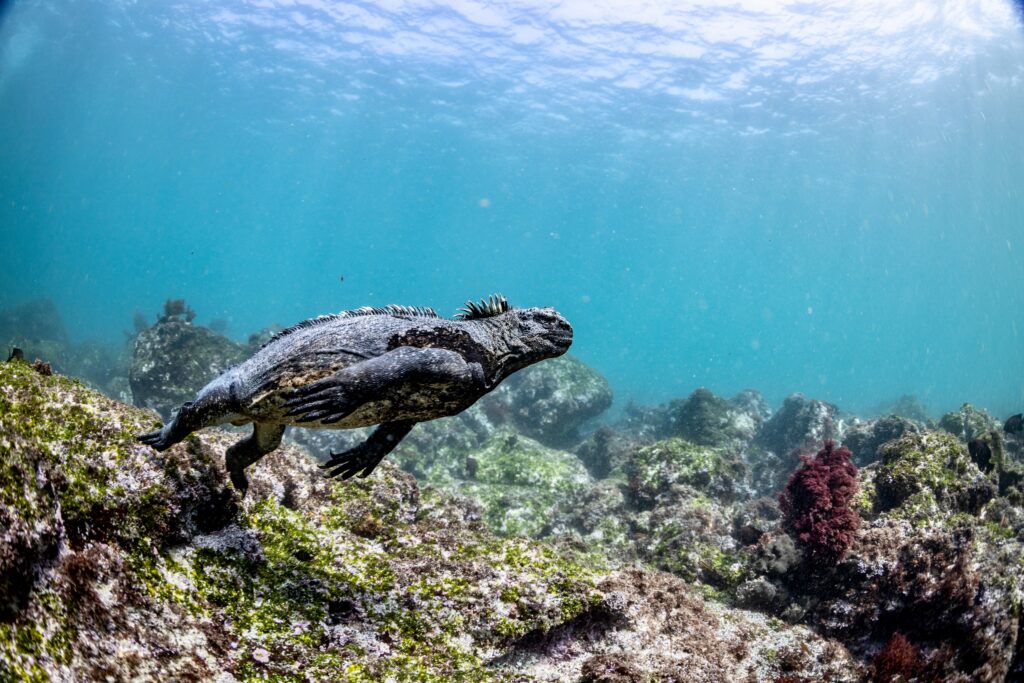
The marine iguana, Amblyrhynchus cristatus, is found only on the Galápagos Islands and is the world’s only sea-going lizard. Adapted to a life both on land and in water, it has evolved specialized salt glands to expel excess salt, an adaptation crucial for survival in a salty oceanic environment. Their sharp claws and strong limbs enable them to cling to rocks and forage for algae underwater, a unique diet among iguanas. They can slow their heartbeat to conserve oxygen while diving, which can last up to an hour. This adaptation helps them survive against Galápagos hawks, which prey on them when they surface. The unique isolation of the Galápagos enabled it to fill an otherwise empty ecological niche. However, climate change and invasive species now threaten its food sources and habitat. Research on them helps scientists understand how isolated environments can produce species with unusual survival mechanisms.
Galápagos Tortoise
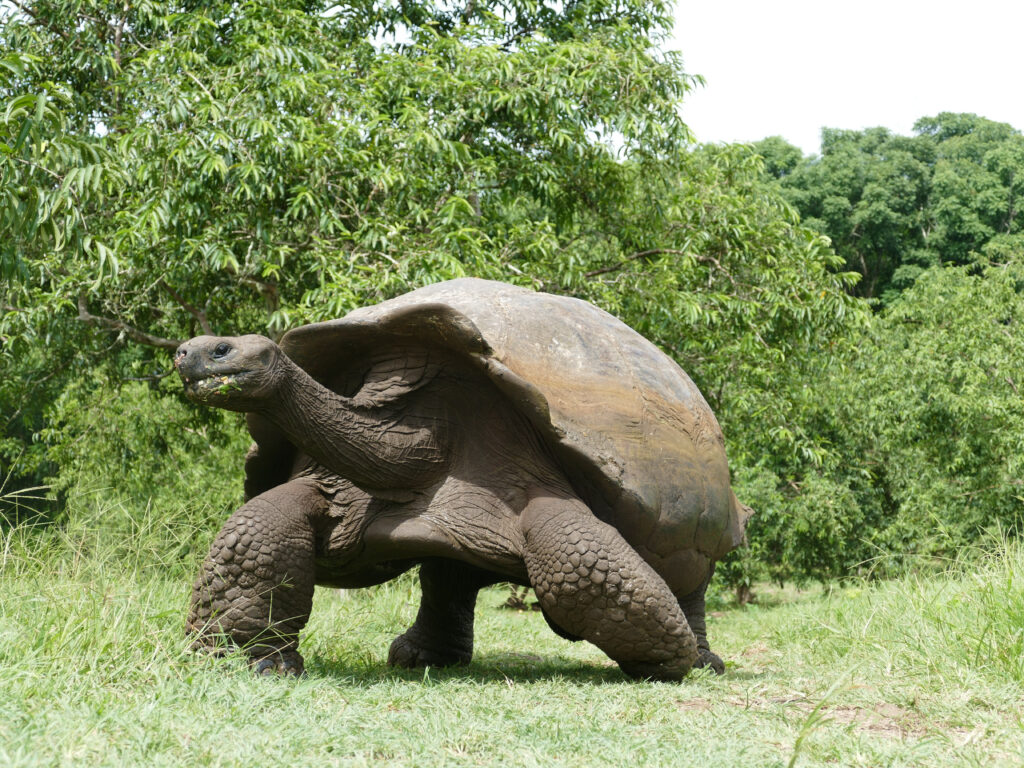
The Galápagos tortoise, Chelonoidis nigra, is the largest tortoise species in the world, adapted to the specific conditions of the Galápagos Islands. With some individuals weighing over 500 pounds, they are known for their long necks, which allow them to reach high vegetation in an otherwise barren landscape. Their slow metabolism, unique to island life, allows them to survive for months without food or water, an adaptation essential for enduring the dry season. Isolated populations on different islands developed slight physical variations, leading to distinct subspecies among the tortoises. Charles Darwin famously studied these tortoises, observing their adaptations and size differences, which varied according to each island’s environment. Today, they face threats from introduced species, habitat loss, and poaching, making them one of the most conservation-dependent tortoise species. Intensive conservation efforts have increased their numbers, but many subspecies remain critically endangered.
Lemurs
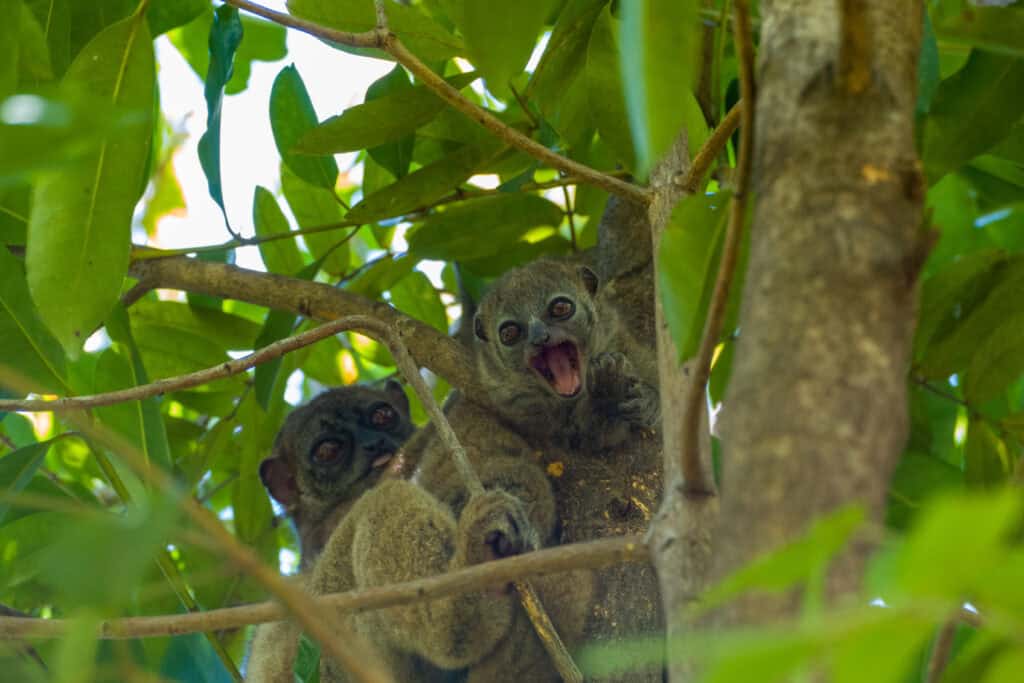
Native to Madagascar, lemurs belong to a diverse group of primates that evolved in isolation, with nearly 100 unique species across the island. They range from the tiny mouse lemur, which is the world’s smallest primate, to the larger indri, known for its loud, distinctive calls. Each species exhibits unique adaptations like specialized diets, grooming behaviors, and even “scent wars” among males to establish dominance. The absence of predators allowed them to evolve with minimal competition, developing unique physical and social behaviors. However, due to habitat loss and hunting, many lemur species are critically endangered. Conservation programs are focused on protecting their habitats and supporting population growth, but the future of many lemur species remains uncertain.
Okapi
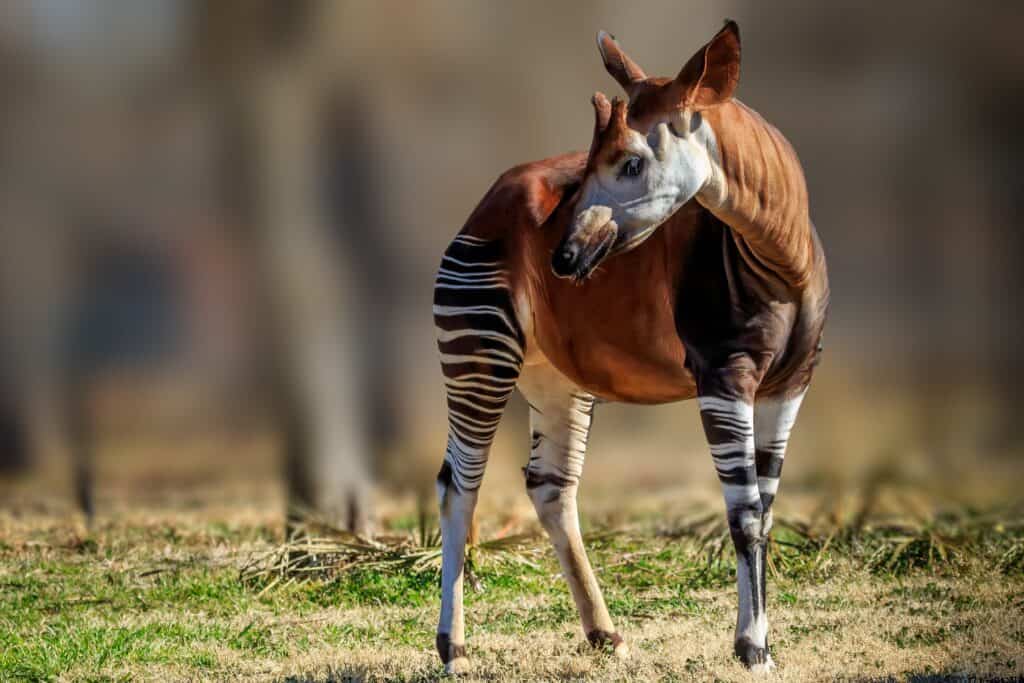
The okapi, Okapia johnstoni, is a close relative of the giraffe but is native to the dense rainforests of the Congo, where it evolved in isolation. Known for its zebra-like striped legs and horse-like body, it uses its long, prehensile tongue to strip leaves and groom itself, a trait it shares with giraffes. The dense rainforest has contributed to its reclusive nature, making it one of the last large mammals to be discovered by scientists in 1901. They rely on their keen sense of hearing to detect predators, a crucial adaptation in the shadowy forest floor. Despite their large size, they are surprisingly quiet, moving stealthily to avoid detection. They play a vital role in maintaining the biodiversity of their forest environment, as they help in seed dispersal. Deforestation and illegal mining activities are major threats to their survival, with conservation efforts essential to protecting their natural habitat.
Kiwi
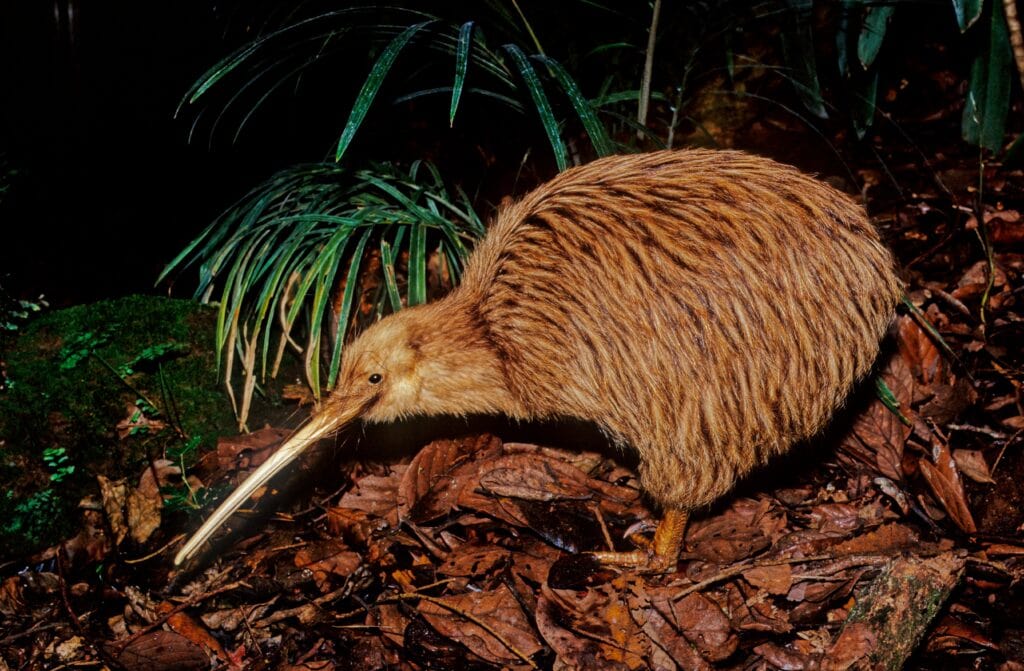
The kiwi, Apteryx spp., is a flightless bird native to New Zealand, notable for its small size, long beak, and nocturnal habits. Unlike other birds, it has nostrils at the tip of its beak, which it uses to sniff out insects, worms, and small invertebrates in the soil. This adaptation reflects its evolution in a predator-free environment, where it developed a ground-based lifestyle. They lay one of the largest eggs relative to their body size among birds, an adaptation likely linked to their isolated habitat. When predators like stoats and dogs were introduced, their populations suffered dramatically due to their inability to defend against such threats. Conservation areas and predator control programs in New Zealand now play a crucial role in kiwi recovery efforts. While the kiwi is a national symbol of New Zealand, it remains endangered, and ongoing efforts aim to restore its population in the wild.
Galápagos Penguin
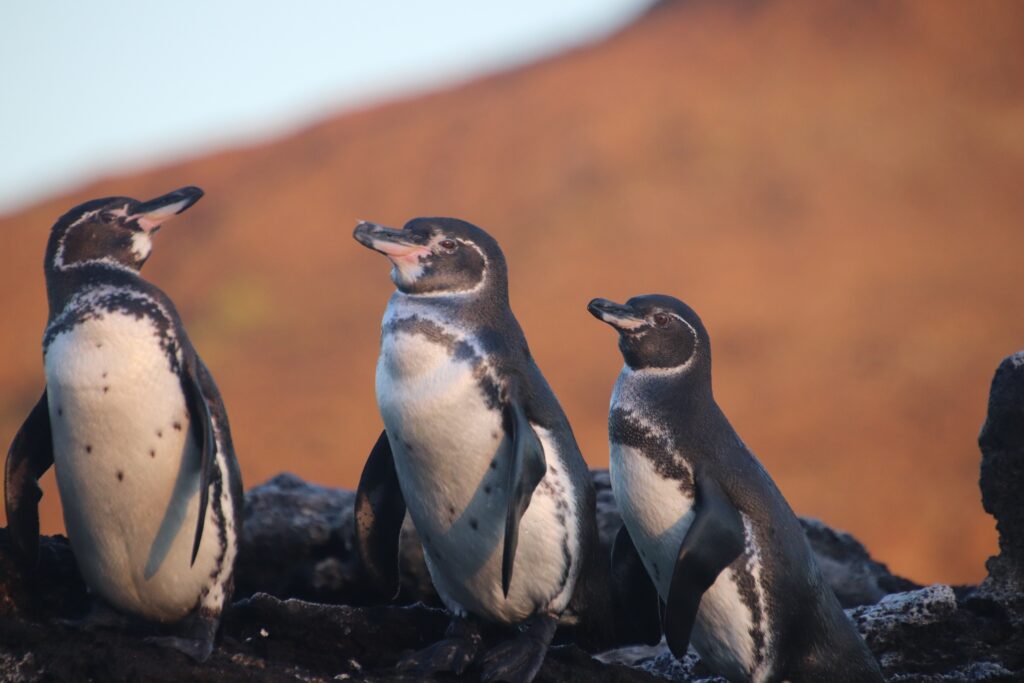
The Galápagos penguin, Spheniscus mendiculus, is the only penguin species found north of the equator, adapted uniquely to the Galápagos Islands’ tropical environment. Unlike other penguins, it has developed behaviors to cope with the warmer climate, such as panting to cool down and resting in shaded crevices. Its small size helps it release body heat quickly, and it frequently swims to stay cool. Its isolated habitat allows it to thrive with minimal predators but also limits its population growth, making it vulnerable to environmental changes. Climate change and ocean warming are significant threats, as they affect the penguin’s primary food sources. Conservation efforts focus on habitat protection and mitigating the impact of invasive species. It is critically endangered, with a population under 2,000 individuals, underscoring the need for sustained conservation efforts.
Fossa
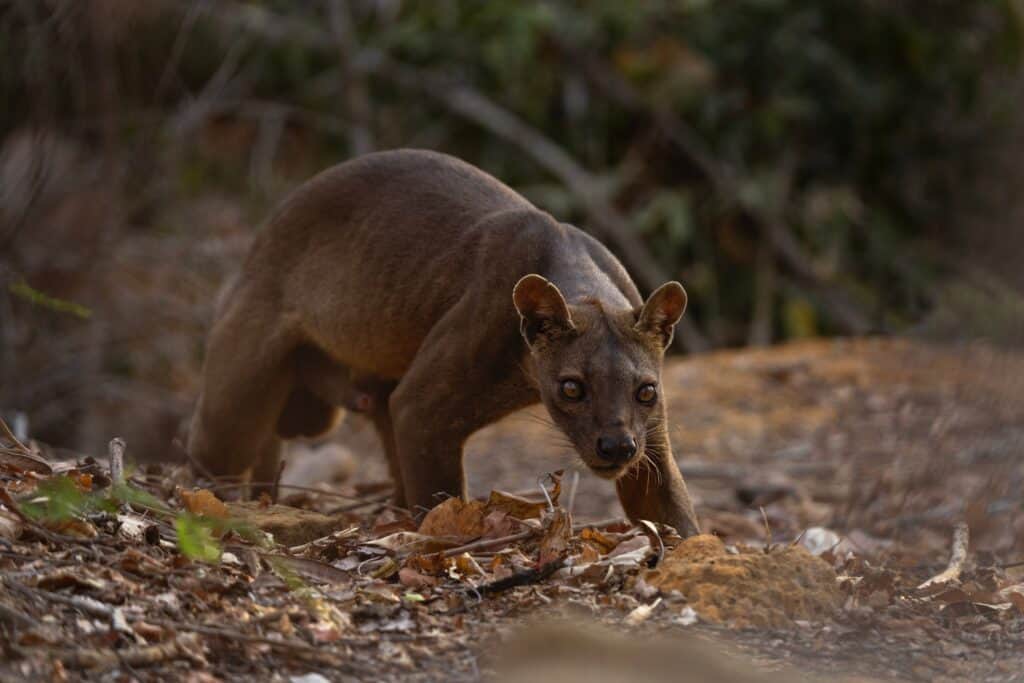
The fossa, Cryptoprocta ferox, is the largest carnivorous mammal in Madagascar, resembling a mix between a cat and a mongoose, with adaptations for life in dense forests. With retractable claws and flexible ankles, they are adept climbers, often hunting lemurs and other small mammals in the trees. Their isolated evolution on Madagascar led to unique physical adaptations that make them efficient ambush predators, filling an ecological role similar to cats in other parts of the world. Despite its size, its nocturnal and elusive behavior make it difficult to observe in the wild, adding to its mystique. Habitat destruction and hunting have led to declining fossa populations, as they rely heavily on forest cover for both shelter and food sources. Efforts are underway to protect Madagascar’s forests, vital for the fossa and other endemic species. Without these habitats, its future remains uncertain.
This article originally appeared on Rarest.org.
More from Rarest.org
16 Most Beautiful and Endangered Coral Reefs

Coral reefs captivate with their stunning colors and rich biodiversity. Yet, these marine treasures face grave threats from climate change and human activities. The following reefs are not only some of the most beautiful but also among the most endangered. Read More.
20 Legendary Cities Lost to Time and Rediscovered

For centuries, the world has witnessed the rise and fall of great civilizations. Many of these cities, once bustling with life, were buried by time and forgotten by history. Read More.
14 Unique Trees with Vibrant Foliage Throughout the Year

Trees with vibrant foliage can completely transform a landscape, bringing color and life to every season. Some species stand out for their stunning hues, with colors that shift as the year progresses. Read More.
